-
Earlier Help for Anorexia

The most life-threatening of all psychiatric disorders is anorexia nervosa, affecting about one percent of Americans. The eating disorder typically emerges in adolescence and is characterized by low body-mass index and an intense fear of weight gain. Anorexia damages the heart, sometimes fatally, and can injure the brain and other organs, weaken bones and muscles, impair […]
-
Merkin Institute Catalyzes COVID-19 Research at Caltech
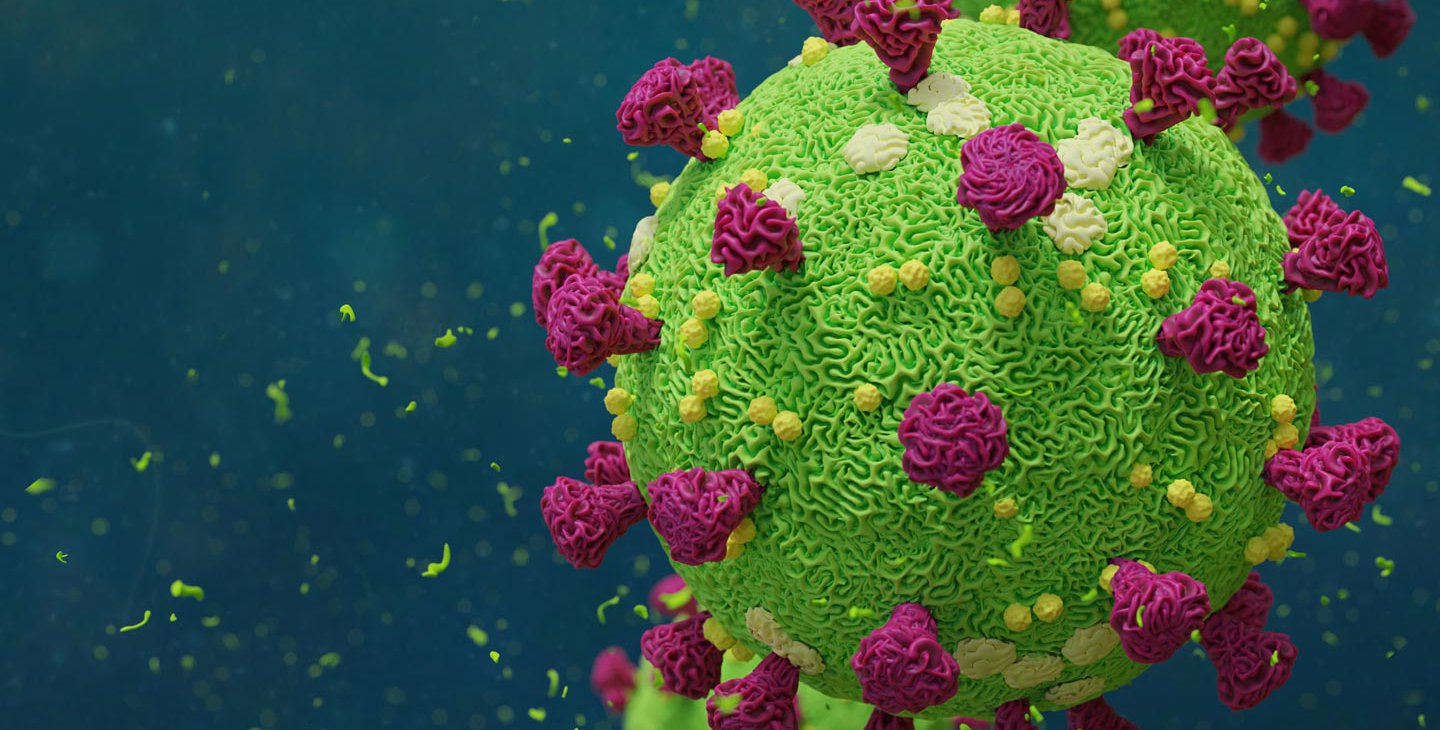
Several TCCI® for Neuroscience faculty members at Caltech have received grants from Merkin Institute for Translational Research to study different aspects of COVID-19. Dean Mobbs, assistant professor of cognitive neuroscience and Chen Scholar; Cindy Hagan, research assistant professor of neuroscience; and Ralph Adolphs, Bren Professor of Psychology, Neuroscience, and Biology, and director of the Caltech […]
-
Famous Economics Experiment Reproduced Thousands of Times

In an open marketplace, such as a farmers’ market where produce and other goods like candles and flowers are exchanged for money, the ideal prices for both consumers and sellers will quickly emerge. For example, if a seller tries to offer a bag of peaches for $10 but another vendor is willing to sell similar […]
-
Risks of Cognitive Impairment Linked to Sleep Characteristics and Cerebrospinal Fluid Biomarkers

Researchers in the labs of Professor Yu Jintai within the Department of Neurology at Fudan University-affiliated Huashan Hospital and Professor Tan Lan from the Department of Neurology at Qingdao University have discovered that frequent sleepiness during the day, insufficient sleep or too much sleep at night can affect the levels of cerebrospinal fluid (CSF) indicators […]
-
Decoding the language of cellular messaging

Before the days of rote texting and email, if you wanted to communicate with a friend you might have written a physical letter. Similarly, the individual cells in our bodies communicate with each other by sending tailored “letters”—not with paper and pen, but in the form of proteins called ligands. Researchers in the laboratory […]
-
Imaging enzyme activity with ultrasound

For years, Caltech’s Mikhail Shapiro, a TCCI®-affiliated faculty member, has been working to extend ultrasound imaging into the microscopic realm. Now, with a new breakthrough based on genetic engineering, he is making it possible for researchers to use ultrasound to watch enzymes at work within cells. In a new paper appearing in the journal Nature Chemical Biology, Shapiro and […]
-
Molecular “Tails” Are Secret Ingredient for Gene Activation in Humans, Yeast, and Other Organisms
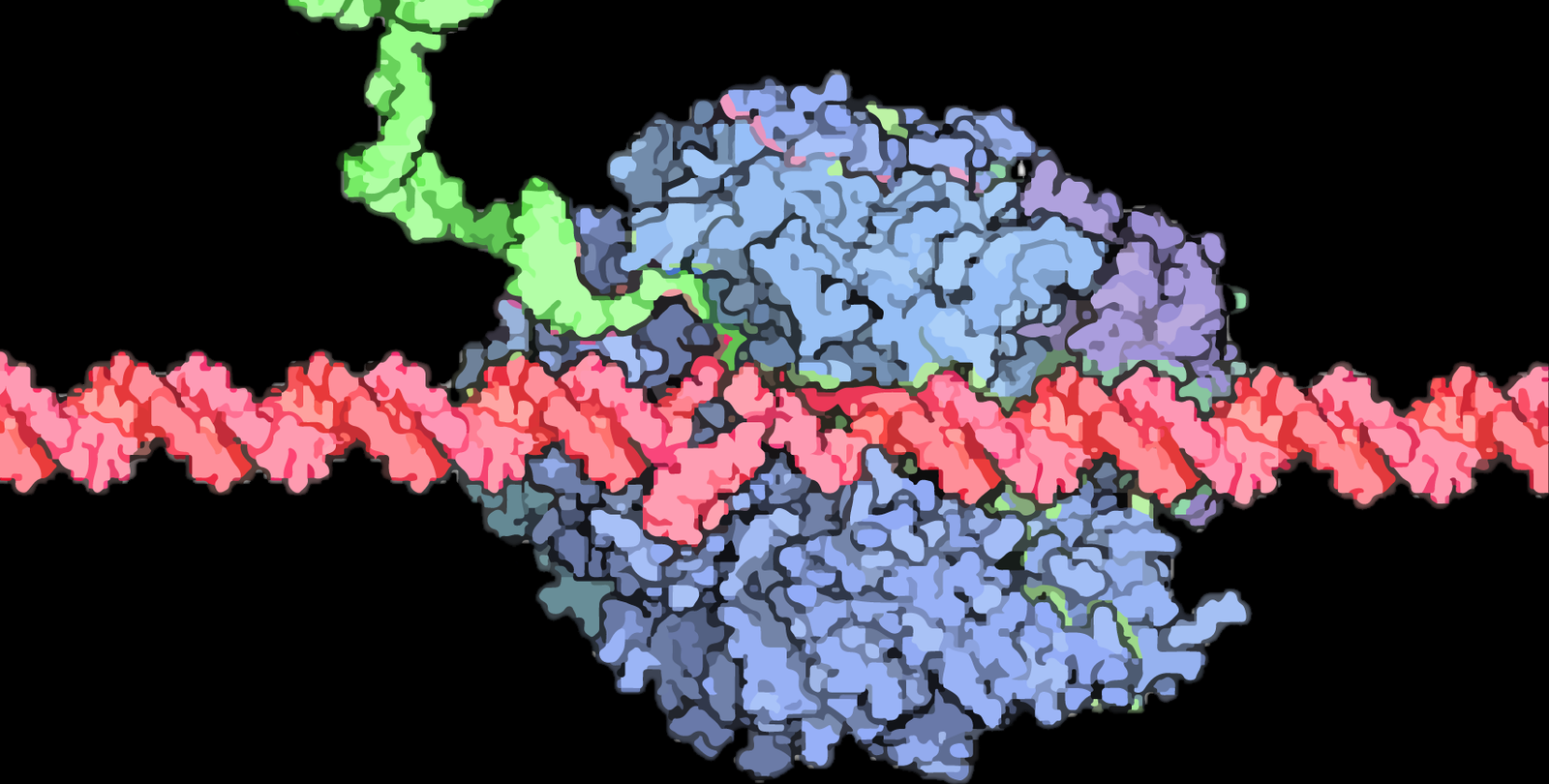
It might seem as though humans have little in common with the lowly yeast cell. Humans have hair, skin, muscles, and bones, among other attributes. Yeast have, well, none of those things. But besides their obvious differences, yeast and humans, and much of life for that matter, have a great deal in common. One […]
-
Machine Learning Helps Robot Swarms Coordinate
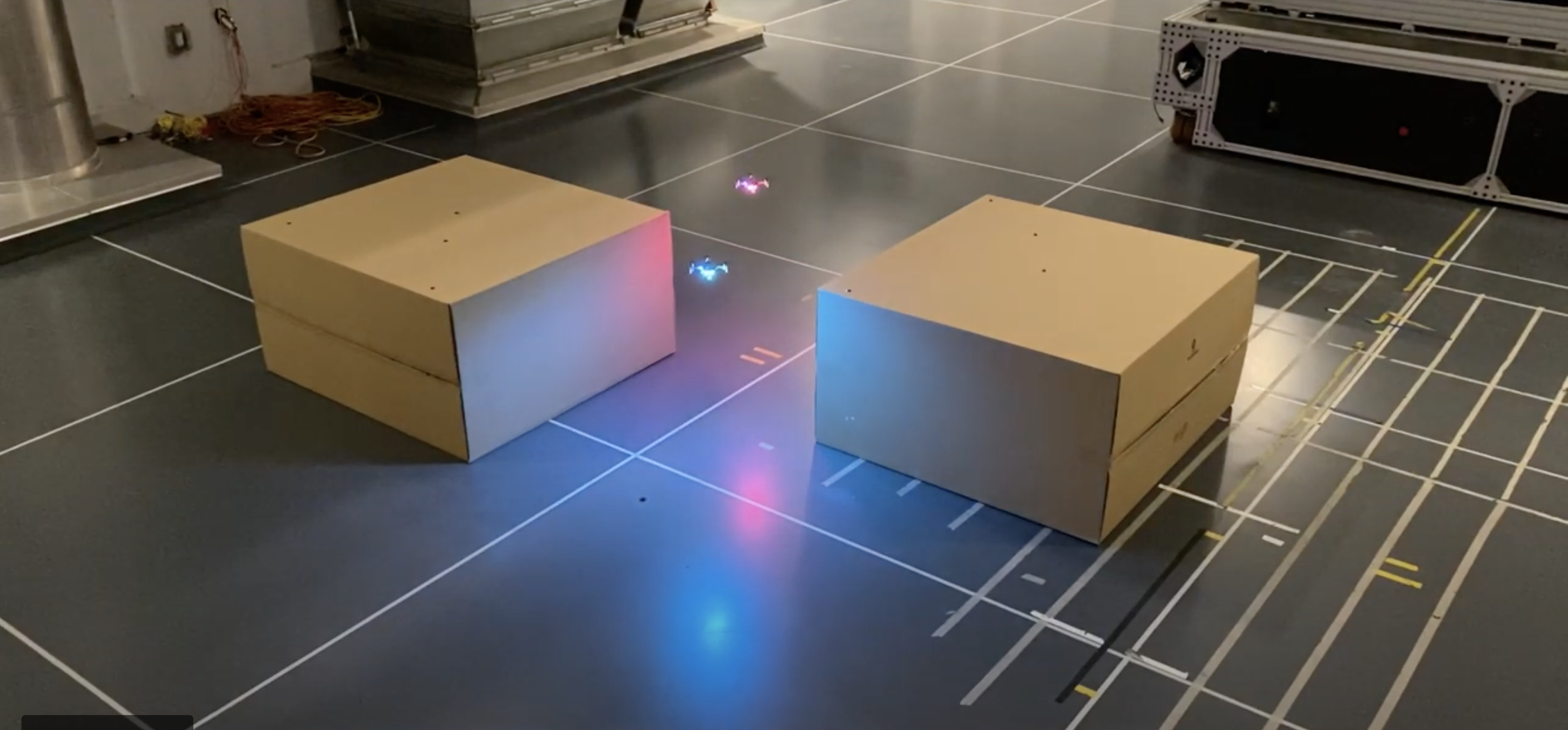
Engineers at Caltech have designed a new data-driven method to control the movement of multiple robots through cluttered, unmapped spaces, so they do not run into one another. Multi-robot motion coordination is a fundamental robotics problem with wide-ranging applications that range from urban search and rescue to the control of fleets of self-driving cars […]
-
“Where are My Keys?” and Other Memory-Based Choices Probed in the Brain
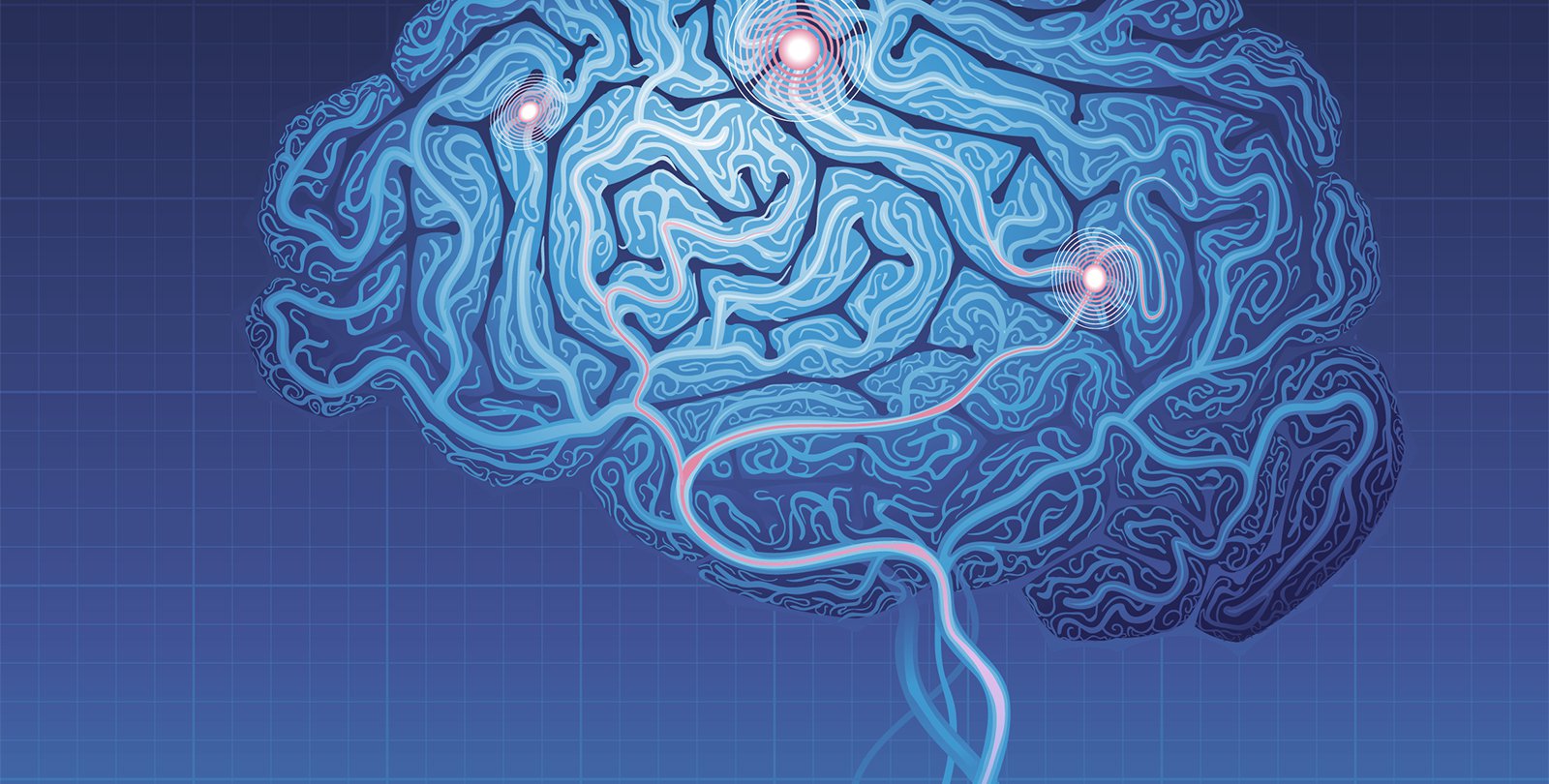
Most of us know that feeling of trying to retrieve a memory that does not come right away – an actor’s name, a phone number, etc. While memory retrieval has been the subject of countless animal studies and other neuroimaging work in humans, exactly how the process works—and how we make decisions based on memories—has […]
-
How Young Embryos Conduct Quality Control
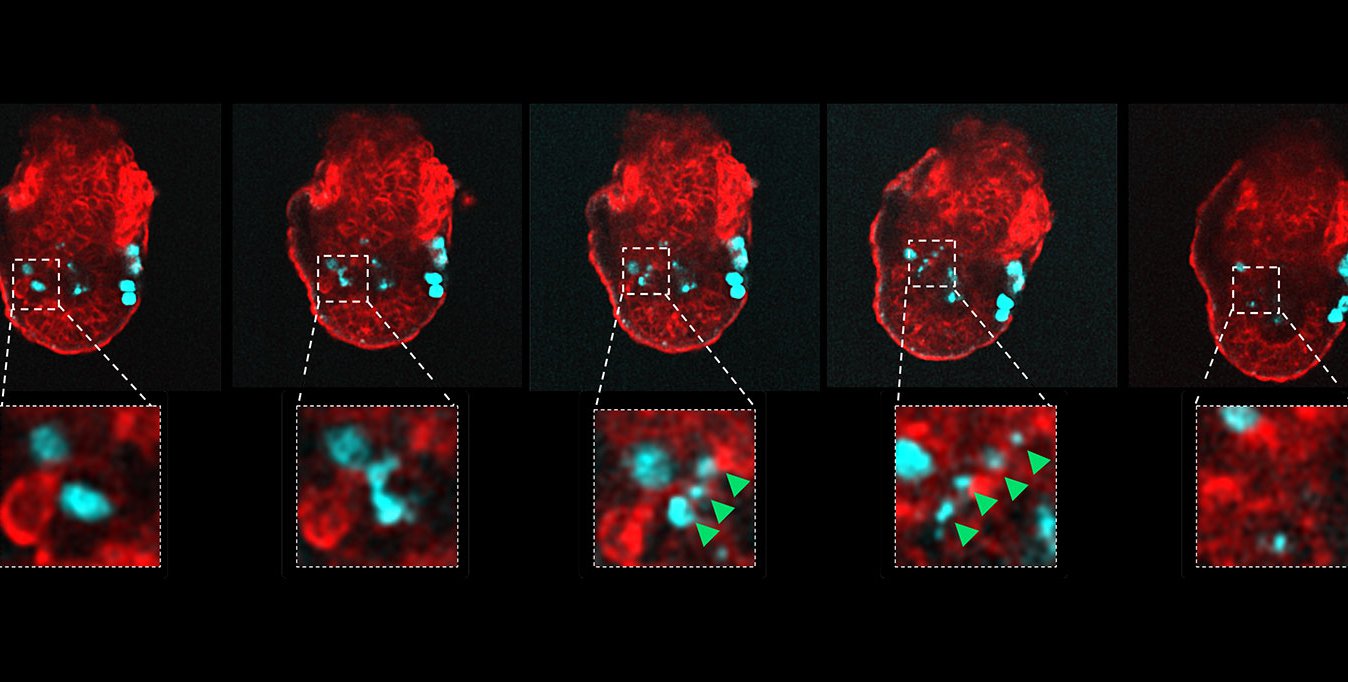
The first few days of embryonic development are a critical point for determining the failure or success of a pregnancy. Because relatively few cells make up the embryo during this period, the health of each cell is vital to the health of the overall embryo. But often, these young cells have chromosomal aneuploidies—meaning, there are […]